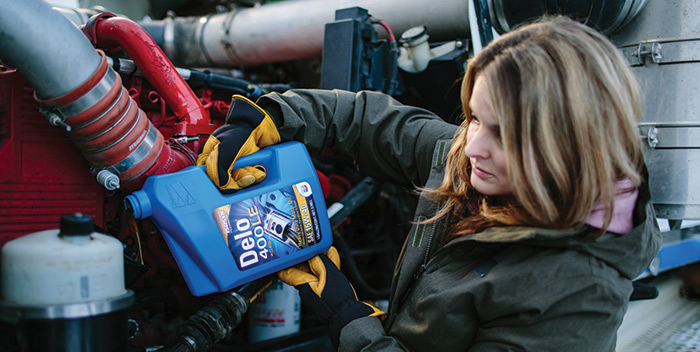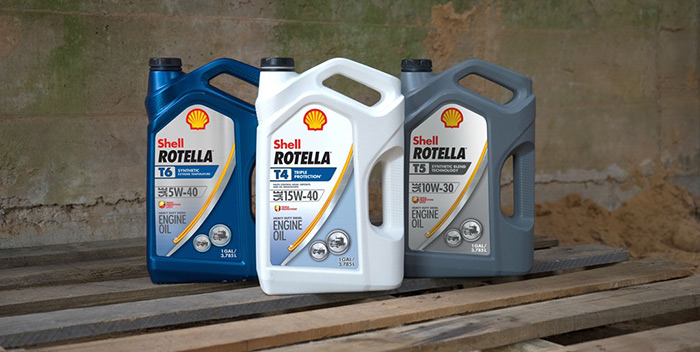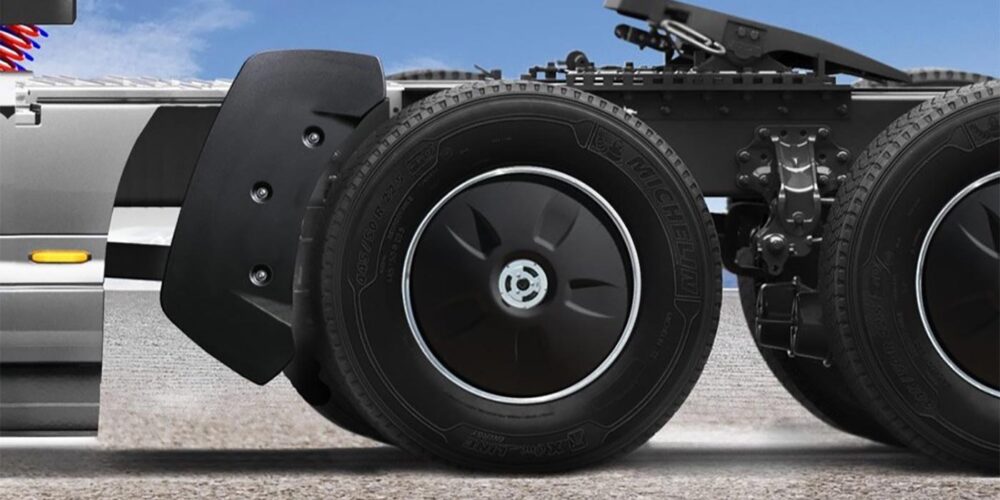Going forward with CK-4 oils
The most important thing that fleets need to know about CK-4 oils, according to Len Badal, global commercial brand manager for Chevron Lubricants, is that they are fully compatible, and there should be no concern if the two are mixed. “However,” he adds, “full performance benefits of API CK-4 oils will only be realized when the engine is fully transitioned from API CJ-4 to CK-4. The primary benefit will be fuel efficiency, which will help reduce CO2 emissions. However, there are other real performance upgrades that are being introduced as well. API CK-4 will deliver greater oxidation stability to meet the needs of hotter running engines, benefiting not only the new engines, but also existing engines that are running at very heavy-duty cycles.”
“CK-4 will provide significant improvements in wear protection, deposit control, shear stability and oil aeration control,” says Mark Betner, heavy-duty product line manager for Citgo. “These engine oils will also have up to 60% better oxidation resistance compared to API CJ-4, which aids in extended service intervals. CK-4 is designed for both over-the-road and heavy equipment and is also backward compatible.”
“CK-4 engine oils will be a direct replacement for the engine oils fleets are using now,” says Dan Arcy, global OEM technical manager for Shell Lubricants. “You’ll be able to buy the same viscosity grades and oil types [conventional, full synthetic, synthetic blend] you’re using now, and they’ll be ‘backwards compatible’ to all current vehicles.
Engine oil improvements
“The current API CJ-4 category upgrade was introduced a decade ago in 2006,” explains Paul Basar, Lubrizol’s regional business manager for heavy duty-diesel engine oils. “Countless everyday technologies have advanced since then and the additive chemistry that enables higher-performance lubricant technology is no different. Yet some of our trucks today using API CJ-4 oils may not be using the latest technology.”
It is important for fleets to know that from Dec. 1, 2016, new API oils can be first licensed, which go beyond API CJ-4 to provide greater protection for all engines by increasing oxidative stability, resistance to aeration, and shear stability. Basar continues that it is also important to know that API CK-4 oils will also have an indirect impact on improved fuel economy benefits through the use of higher performance lubricants.
Protection and performance
“API CK-4 engine oils will exceed the performance of the current API CJ-4 oils providing enhanced protection in current and future engine designs,” says Steve Haffner, North American market manager for Infineum USA. “API CK-4 engine oils will be backward serviceable so can be used in both old and new diesel engines.”
Tony Negri, director of commercial products for Phillips 66, adds: “Simply put, CK-4 oils are the next natural extension of their CJ-4 predecessors with more robust performance in certain categories, as demonstrated through a few upgraded API test parameters and a few new OEM tests. CK-4 products will be completely back-serviceable to cover all of the same diesel applications that CJ-4 did, just with higher performance standards. There is an additional change that the new specification brings with regard to ‘universal’ engine oils [those which claim both ‘C’ categories for diesel and ‘S’ categories for gasoline engines].”
“In order for a diesel engine oil to claim an ‘S’ category, it must now meet all of the gasoline category’s criteria, including the limit on phosphorous levels,” Negri continues. “Phosphorous has long demonstrated proven protective qualities versus ashless chemistries in diesel engines, but has also been known to shorten the life of automotive catalyst systems in gasoline engines. This means that diesel engine oil must be below 0.08% phosphorous to claim an ‘S’ category approval [the CJ-4 specification allows up to 0.12% phosphorous].”
The loophole that allows higher phosphorous levels from diesel engine oils when used in gasoline engines will be effectively closed. In practical terms, this will create a clear line in the sand between diesel-only formulations (“high phosphorous”) and universal oils (“low phosphorous”).
FA-4 better suited for modern engines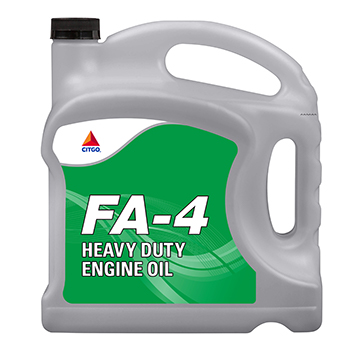
“The new engine designs run hotter, which puts an increased demand on oil formulas to withstand higher heat environments and actually be able to run longer when exposed to higher temperature,” Lubrizol’s Basar says. “API FA-4 is designed for the next generation of diesel engines, delivering greater fuel efficiency and improved engine parts protection even with thinner oil films.”
“FA-4 engine oil has a lower high temperature high shear [HTHS] viscosity which means it can maintain a lower operating viscosity and therefore improve fuel economy,” Citgo’s Betner adds.
Shell’s Arcy agrees. “The new FA-4 engine oils will be offered in lower viscosity grades and are designed primarily for next-generation engines to help maximize fuel economy without sacrificing engine protection,” he says. “These FA-4 oils may have limited backwards compatibility and would be labeled as such. Oil companies and OEMs are currently testing these products in a range of applications to demonstrate their performance without sacrificing engine protection. Shell Lubricants has conducted more than 35 million miles of on- and off-highway testing of FA-4 and CK-4 engine oils.”
“API FA-4 engines oils will be introduced to deliver greater fuel economy and further reduce greenhouse gas emissions by reducing the HTHS limit relative to CK-4 oils,” Infineum’s Haffner says. “Some OEMs may allow limited back serviceability. Therefore, equipment owners will need to carefully follow each engine builder’s recommendations on the use of API FA-4 engine oils in their engines. 2017 model year engines are being designed to facilitate the use of thinner oils, which enhance fuel economy.”
Consumers should contact their engine manufacturer to understand specifically for which engines API FA-4 oils are recommended.
Reducing emissions
Negri of Phillips 66 reminds us that “over the past 20 years or so, each heavy-duty engine oil category upgrade has focused on reducing emissions. As oils began to reach the limits of their contribution toward lower emissions, engine manufacturers began to design exhaust treatment systems to further reduce NOx and particulates (particulate filters, EGR, SCR and other technologies).
Now that diesel emissions have been reduced to historic lows on a per-truck basis, the focus has shifted to fuel economy,” he continues. “The 2017 engines and the new FA-4 oils are being designed to work together to provide better fuel economy. The major factor distinguishing FA-4 oils from their CK-4 counterparts is that they have lower high temperature high shear HTHS values, which are an additional measure of viscosity representing internal fluid friction—the lower this value, the better the fuel economy versus an oil of the same kinematic viscosity with a higher high-temperature, high-shear [HTHS].”
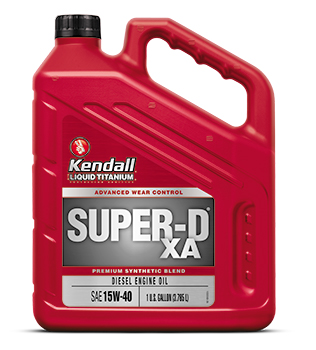 What is HTHS?
What is HTHS?
High-temperature, high-shear (HTHS) viscosity is a term you’re going to hear more of as the new categories approach. CK-4 oils are being referred to inside the industry as “high HTHS” engine oils, and FA-4 oils are being referred to as “low HTHS” oils. These low HTHS oils are being designed to provide fuel economy above and beyond current CJ-4 and CK-4 oils through the use of thinner viscosity fluids.
“Shear stability is the ability of the oil molecules to resist shearing under severe stress inside the engine,” clarifies Shell’s Arcy. “Oil shearing results in a lower viscosity, and excessive viscosity loss could impact the ability of the oil to protect vital engine parts. The new CK-4 standards call for improvements in shear stability versus CJ-4 oils. Newer, more stringent shear stability test limits are being developed to validate that the shear stability of each oil meets the new guidelines.
“Oxidation is one of the primary causes of oil breakdown and is accelerated by higher operating temperatures,” he continues. “The next generation of engines is being designed to run hotter. So, CK-4 and FA-4 standards call for improved oxidation stability versus CJ-4 oils.”

